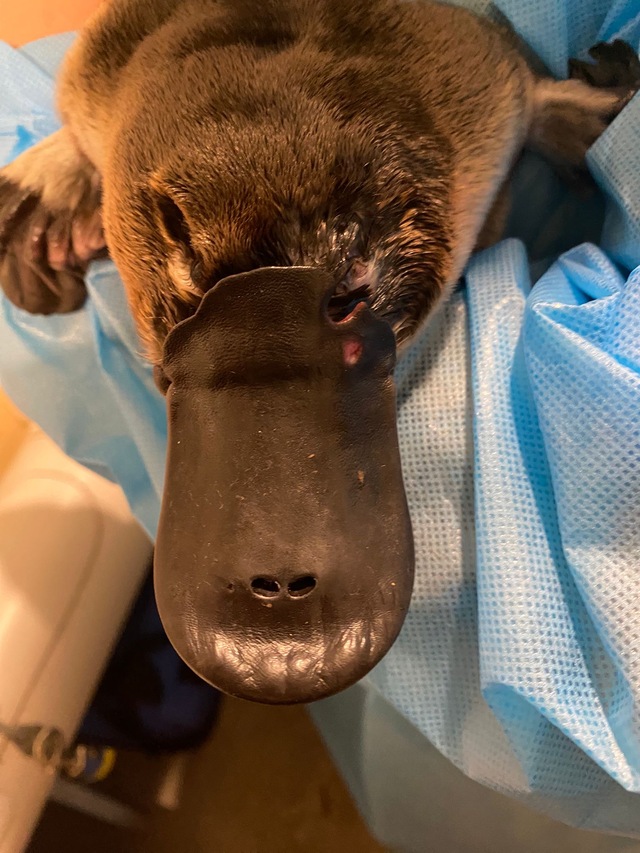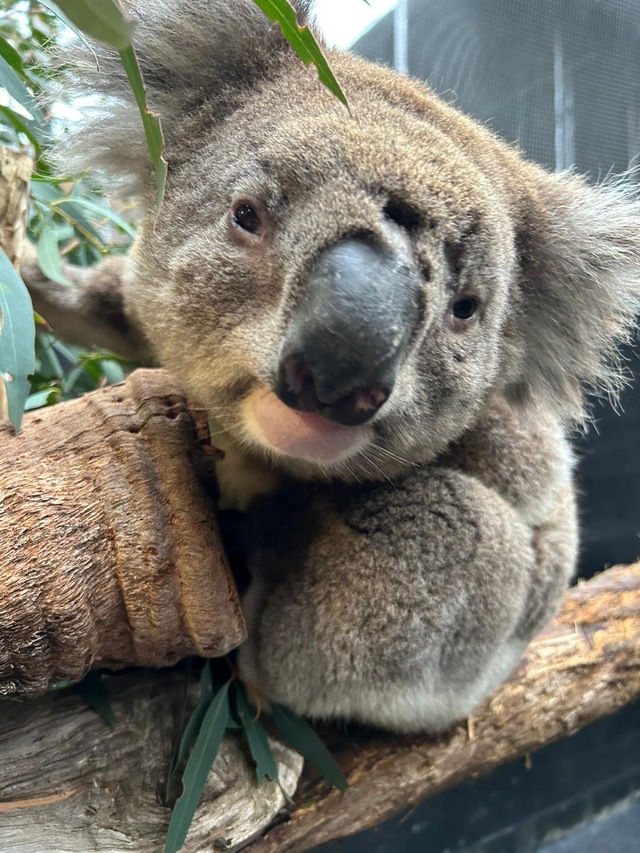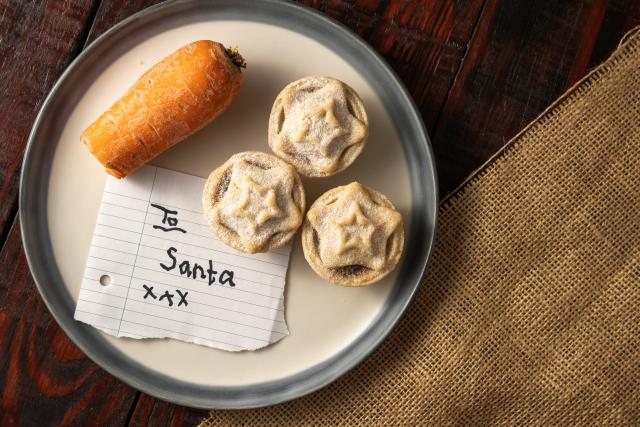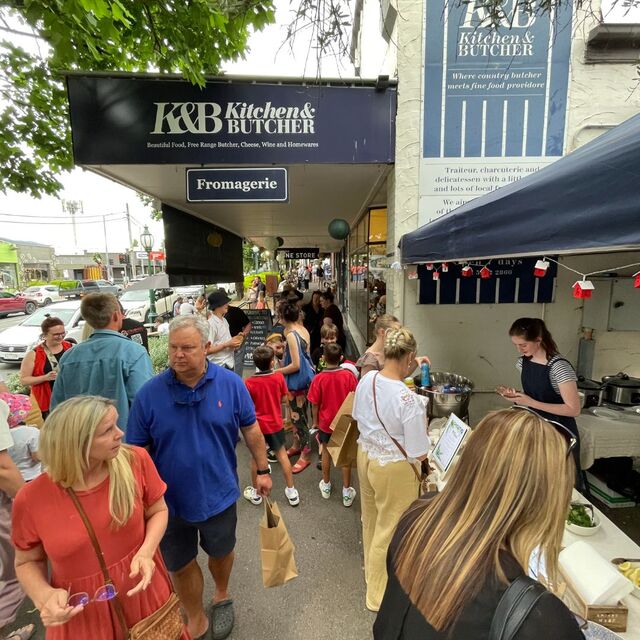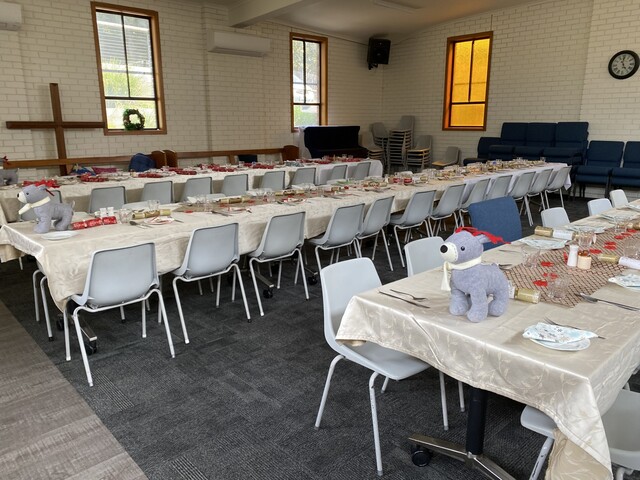The stats are in from one of Australia’s biggest native wildlife hospitals with Healesville Sanctuary treating 2091 patients in past financial year and experiencing their busiest start to winter in three years since the Black Summer fires.
Incredible life-saving rehabilitation work happens each day with dozens of different patients, from the tiniest of reptiles to the chunkiest of wombats needing expert care.
Australian Wildlife Health Centre life sciences manager Gerry Ross admits multiple factors could be having an influence on the influx of patients; one being the creation of the epic Raptor Rehabilitation Centre – a 100-metre donut-shaped building that allows birds of prey to build up their flight fitness before returning to the wild.
“The Centre has allowed us to rehabilitate some cases that we would not have been able to in the past, due to a lack of fitness training options for some species,” Ms Ross said.
Environmental factors also impact the wildlife they treat.
“With milder weather conditions, it could mean that animals are out for longer over the winter months instead of hunkering down,” Ms Ross said.
“The team is incredible. They take each case as it comes and ensure it gets the absolute best of care.
“No animal is given less care because of limited time. The team pulls together and never complains about another patient coming in the door.”
The veterinarians and vet nurses also work closely with a network of wildlife carers seeing adorable joeys who need support, often requiring bottle feeding for up to two years.
Gerry said there has been an increase on this front too in the past 12 months.
“We wouldn’t be able to do the work we do without carers being able to continue the rehabilitation journey,” she said.
“We rely on them to take in animals to provide additional care. It is great working with these knowledgeable people.”
In the last financial year, the Australian Wildlife Health Centre treated 285 Common Ringtail Possums, 183 Eastern Grey Kangaroos and 129 Common Wombats.
Overall, they saw 160 different species.
The Australian Wildlife Health Centre based at Healesville Sanctuary can assist with injured, sick, and orphaned wildlife, and is open from 9am to 4pm every day of the year.
The work of the veterinary team is visible through the internal glass walls of the hospital, which is open to visitors.
If you come across an injured animal on the road and if safe to do so, stop and collect the animal and take it to your nearest vet or registered wildlife carer.
Wildlife Victoria can assist further from there.


